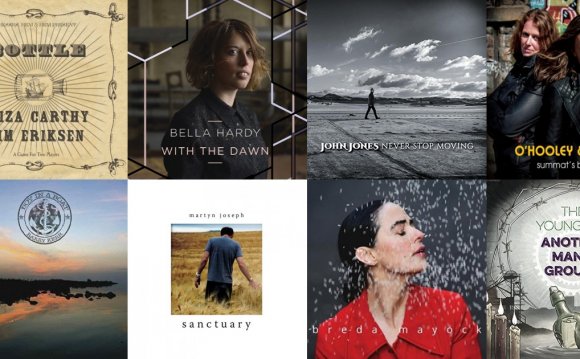
British folk great Bert Jansch never really stopped making records during his half-century career, always testing the boundaries of pastoral folk with carefully considered parts that pushed beyond mere pleasantries. Still, when a cadre of young musicians connected with Jansch for his 2006 album The Black Swan, the moment felt like an instant renaissance. Many from that collaborative group, including Devendra Banhart and producer Noah Georgeson, had inched into popular favor as part of a trend loosely termed “freak-folk” or “New Weird America.” And with the collaborative record, they were doing what their music had tacitly done all along—announcing Jansch and a regimen of related pickers, balladeers, singers, and dreamers as clear stylistic antecedents.
That concept of absorbing, acknowledging, and updating the past serves as a constant through most folk music, no matter the culture or society in which it thrives. Whether via the oral traditions that Harry Smith, Alan Lomax, and their ilk eventually captured, or the Grateful Dead’s ability to turn countless listeners onto old traditional numbers, folk music functions best when it uses the past to feed the present and inspire the future.
The term “psychedelic folk, ” then, represents those most progressive edges, when an old idea gets a new twist, whether it’s an electric guitar slicing through a standard or a coffee-shop singer adding prurient images of necrophilia to open-tuned beauties. Psychedelic folk is a perpetually self-expanding term, too, where each successive experiment widens its reach but loosens its grip.
It has infiltrated the mainstream thanks to acts like the Byrds, the Rolling Stones, the Band, as well as the enchanting work of Gram Parsons and Emmylou Harris. It has folded in the extremely obscure through the improvisational risks of Michael Cooper and Dredd Foole. And it has often lurked in pockets of near-anonymity, where overlooked records by Lal and Mike Waterson or Gary Higgins languished only to be discovered and championed by younger musicians decades later. And it has bloomed internationally, spreading far away from the British Isles and the Americas.
RELATED VIDEO












